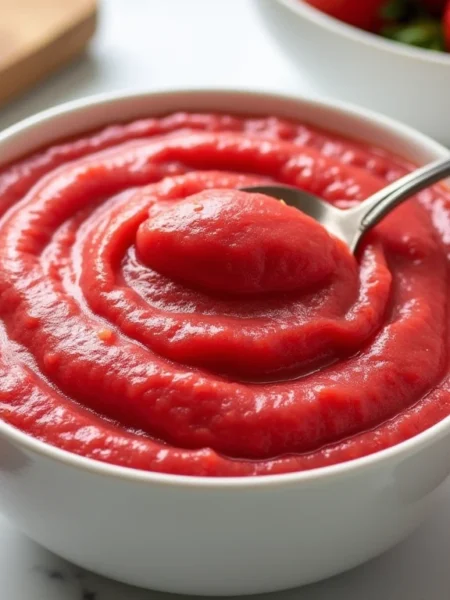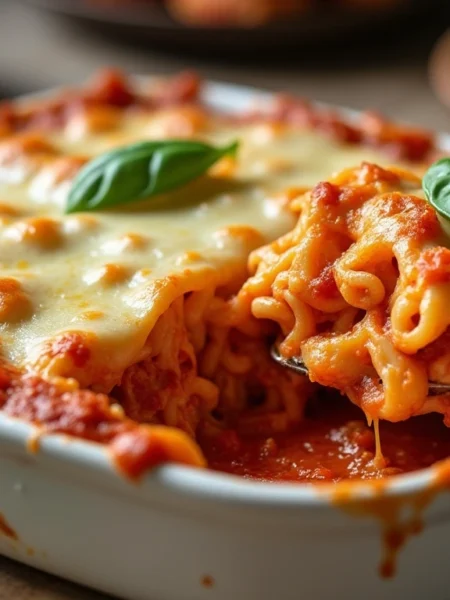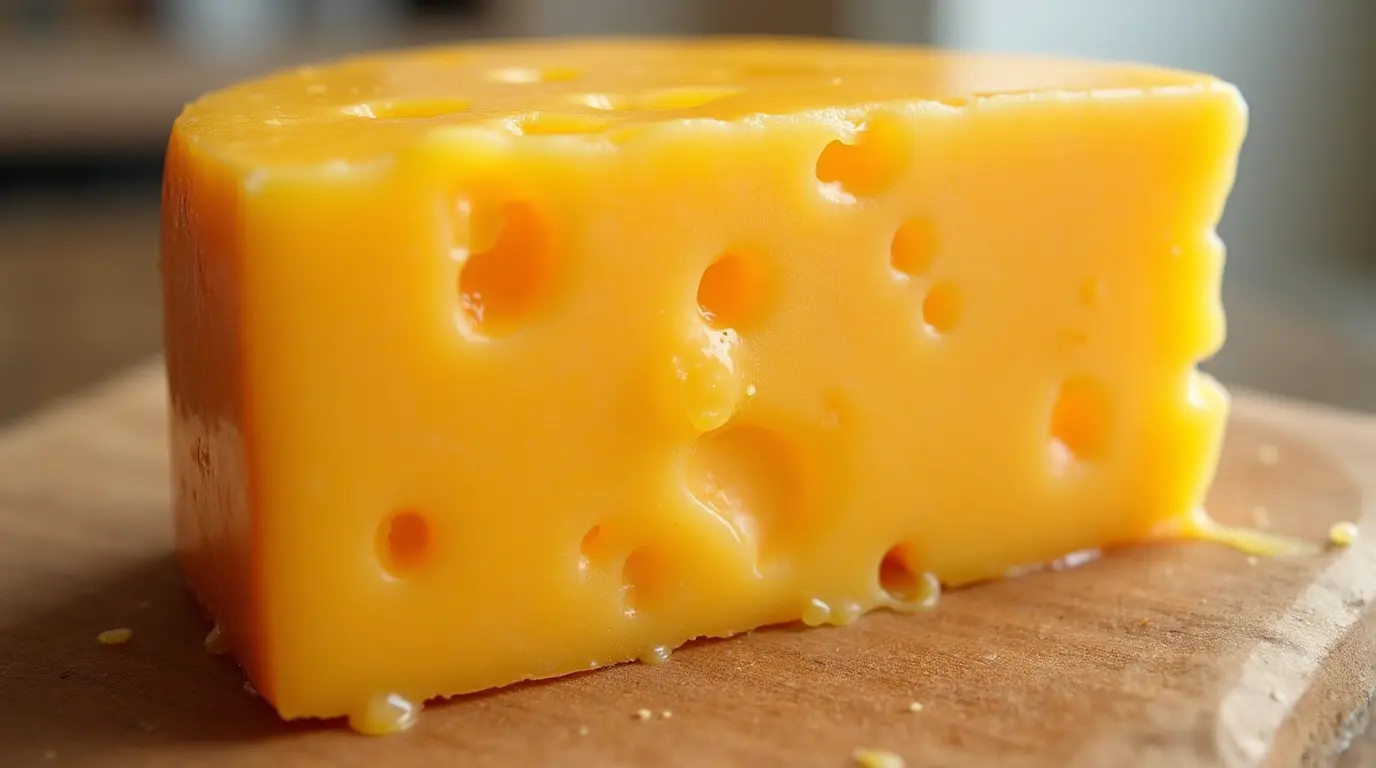Pecorino Romano vs. Parmesan: What’s the Difference?
 View Gallery 3 photos
View Gallery 3 photos Pecorino Romano vs. Parmesan: What’s the Difference?
Description
pecorino romano

Pecorino Romano vs. Parmesan: What’s the Difference?
When it comes to Italian cheeses, Pecorino Romano and Parmesan are two of the most popular and widely known varieties. While both cheeses are often used in similar culinary contexts—grated over pasta dishes, included in salads, or enjoyed as part of a cheese board—there are distinct differences between them in terms of flavor, texture, production methods, and origin. Understanding these differences can help you make an informed decision about which cheese best suits your cooking needs.
Pecorino Romano: An Overview
Pecorino Romano is one of the oldest and most famous cheeses of Italy, with a history dating back over 2,000 years. This hard, salty cheese is made primarily from sheep's milk, which gives it a unique flavor and character that sets it apart from other Italian cheeses, including Parmesan, which is made from cow's milk.
Origin of Pecorino Romano
Pecorino Romano hails from the central and southern regions of Italy, particularly Lazio, Sardinia, and parts of Tuscany. The name "Pecorino" comes from the Italian word "pecora," meaning "sheep," and "Romano" refers to its Roman origins. Historically, this cheese was used as a food source by Roman soldiers because of its long shelf life and portability.
Production Process
The production of Pecorino Romano involves several steps that contribute to its distinct texture and flavor. The cheese is made by curdling the sheep's milk with rennet, then pressing the curds and aging them for at least five months. During the aging process, the cheese develops a firm texture and a sharp, salty taste that can vary depending on how long it has been aged.
Pecorino Romano is often sold in large wheels and can be found in various stages of aging, from young and mild to more mature and robust.
Parmesan: An Overview
Parmesan, or Parmigiano-Reggiano as it is known in Italy, is another iconic cheese from Italy. This cheese is produced in the regions of Emilia-Romagna and Lombardy, located in northern Italy, and it holds a prestigious position as a Protected Designation of Origin (PDO) product. To be considered authentic Parmesan, the cheese must meet strict production regulations.
Origin of Parmesan
Parmigiano-Reggiano has a long history, dating back to the Middle Ages. It was first produced by Benedictine and Cistercian monks in the 12th century, who developed a method of cheese production that allowed it to be stored and transported long distances without spoiling. Today, Parmesan continues to be crafted in the same traditional manner.
Production Process
The process of making Parmesan involves the use of cow’s milk, which is a key differentiator from Pecorino Romano. The milk is curdled with rennet, and the curds are cooked and pressed. Afterward, the cheese is aged for a minimum of 12 months, although some varieties can be aged for up to 36 months or more. The aging process is crucial to the development of Parmesan's nutty, savory flavor and granular texture.
Like Pecorino Romano, Parmesan is typically sold in large wheels. The cheese's distinctive, crumbly texture makes it an ideal choice for grating over pasta, risotto, or soups.
Key Differences Between Pecorino Romano and Parmesan

While Pecorino Romano and Parmesan share some similarities, the differences between them are substantial. Let’s break them down further:
1. Milk Source
One of the primary differences between Pecorino Romano and Parmesan is the type of milk used.
- Pecorino Romano is made from sheep’s milk, which imparts a richer, fattier, and slightly tangy flavor.
- Parmesan is made from cow’s milk, resulting in a milder and more neutral flavor profile compared to Pecorino Romano.
This difference in milk source is significant because it affects the texture, flavor, and overall character of the cheese.
2. Flavor Profile
The flavor of each cheese is distinct:
- Pecorino Romano has a strong, sharp, and salty flavor. Its taste can be intense, particularly in older versions. It’s often described as more "pungent" compared to Parmesan.
- Parmesan, on the other hand, has a nutty, savory flavor with sweet undertones. As it ages, the flavor deepens and becomes more complex, but it is typically less salty than Pecorino Romano.
3. Texture and Aging
The textures of the two cheeses vary greatly:
- Pecorino Romano has a firm, yet somewhat crumbly texture. It is drier and crumblier when aged longer, and it can be challenging to slice compared to softer cheeses.
- Parmesan is also a hard cheese, but it tends to have a more granular and crumbly texture. The aging process gives Parmesan its signature crunchy crystals, which are a hallmark of quality.
Parmesan can be aged for anywhere from 12 months to 36 months, with the flavor becoming increasingly intense as the cheese ages. Pecorino-Romano typically has a shorter aging period, with the cheese being ready for consumption after 5-8 months.
4. Uses in Cooking
Both Pecorino-Romano and Parmesan are versatile cheeses that can be used in a wide range of dishes, but they each have their preferred applications:
- Pecorino Romano is often favored in Italian dishes that require a strong, salty cheese, such as pasta alla carbonara, pasta cacio e pepe, and as a topping for roasted vegetables. Its salty kick makes it an ideal finishing touch for hearty Italian recipes.
- Parmesan is commonly used in pasta dishes like spaghetti bolognese or risotto. It’s also grated over salads or incorporated into sauces for a deeper, savory flavor. Due to its milder taste, Parmesan is often preferred in more delicate recipes where the cheese’s subtler flavors shine through.
5. Geographic Origin and Regulations
The geographic origin of these cheeses plays a crucial role in their production:
- Pecorino Romano is primarily made in Lazio, Sardinia, and parts of Tuscany. It is a Protected Designation of Origin (PDO) cheese, meaning that only cheese produced in these regions can bear the name "Pecorino-Romano."
- Parmesan is produced in the Emilia-Romagna and Lombardy regions and is also a PDO product. The name “Parmigiano-Reggiano” is strictly regulated by Italian law and cannot be used for cheeses made outside the specified production zones.
How to Choose Between Pecorino Romano and Parmesan
Choosing between Pecorino-Romano and Parmesan largely depends on the specific flavor profile you desire for your dish. If you’re looking for a sharp, salty, and bold cheese that will stand out, Pecorino Romano is the perfect choice. It pairs well with rich, meaty dishes and adds a strong finishing touch to pasta.
On the other hand, if you prefer a more mild, nutty, and savory flavor that complements a wide variety of dishes, Parmesan is likely the better option. It’s a more versatile cheese that can enhance the taste of both simple and complex recipes.
Conclusion
While both Pecorino-Romano and Parmesan are exceptional cheeses with deep roots in Italian culinary tradition, their differences in flavor, texture, and origin make them unique. Pecorino-Romano’s bold, salty flavor and crumbly texture make it ideal for heartier, stronger-tasting dishes, while Parmesan’s nutty and savory profile suits a broader range of recipes. The next time you’re deciding which cheese to use, consider these differences to enhance the flavors of your meal and add an authentic touch to your cooking.
Now that you know the differences, which cheese will you choose for your next culinary creation?
Related


Note
FAQ
1. What is the main difference between Pecorino Romano and Parmesan?
The main difference lies in the type of milk used. Pecorino Romano is made from sheep's milk, which gives it a sharper, saltier flavor, while Parmesan (Parmigiano-Reggiano) is made from cow's milk, resulting in a milder, nutty taste. Additionally, their textures and aging processes differ.
2. Can I substitute Pecorino Romano for Parmesan in recipes?
Yes, you can substitute Pecorino Romano for Parmesan, but keep in mind that Pecorino is saltier and has a stronger flavor. It may alter the taste of your dish, especially if the recipe calls for a mild cheese flavor. Consider adjusting the salt levels when making the substitution.
3. Which cheese is better for grating: Pecorino Romano or Parmesan?
Both cheeses can be grated, but Parmesan tends to have a finer, more granular texture that is easier to grate into smaller particles. Pecorino Romano, being firmer and crumblier, may require more effort when grating, but it still works well as a topping for dishes like pasta.
4. Is Pecorino Romano always salty?
Yes, Pecorino Romano is known for its high salt content, especially when it is aged. This saltiness is one of the defining characteristics of the cheese and makes it perfect for use in dishes where you want a strong, tangy flavor. If you are watching your salt intake, you may want to use it sparingly.
5. Is Parmesan or Pecorino Romano better for pasta dishes?
It depends on the flavor profile you want to achieve. If you’re looking for a bold, salty taste, Pecorino Romano is ideal, particularly for traditional Roman pasta dishes like cacio e pepe or carbonara. For a milder, nutty flavor, Parmesan is better suited for pasta dishes like spaghetti bolognese or risotto.
6. How long does Pecorino Romano last?
Like most hard cheeses, Pecorino Romano can last a long time when stored properly. It can typically be kept for 6-12 months when unopened and stored in a cool, dry place. Once opened, it should be wrapped tightly and kept in the refrigerator, where it can last for several weeks.
7. Can I eat Pecorino Romano and Parmesan raw?
Yes, both Pecorino Romano and Parmesan can be eaten raw. They are often grated over salads, added to cheese boards, or eaten in thin slices as part of an appetizer. Their unique flavors are enhanced when enjoyed on their own or paired with fruits, nuts, or cured meats.
8. Is Parmesan vegetarian?
Parmesan (Parmigiano-Reggiano) traditionally contains animal rennet, which is derived from the stomach lining of calves. Therefore, it is not strictly vegetarian. However, some Parmesan-style cheeses made outside of Italy may use vegetable rennet, so if you follow a vegetarian diet, look for the specific labeling.
9. Are Pecorino Romano and Parmesan the same cheese?
No, Pecorino Romano and Parmesan are two distinct types of cheese. They differ in the milk used (sheep’s milk for Pecorino Romano and cow’s milk for Parmesan), their flavor profiles, textures, and regions of origin. Both are delicious, but they offer unique tastes and characteristics in cooking.
10. What is the best way to store Pecorino Romano and Parmesan?
Both cheeses should be stored in the refrigerator to maintain their quality. Wrap them tightly in wax paper or parchment paper, followed by plastic wrap or an airtight container to prevent them from drying out or absorbing odors from other foods. Ideally, keep them in their original wax or rind to help preserve their flavor.
Handpicked Recipes
















